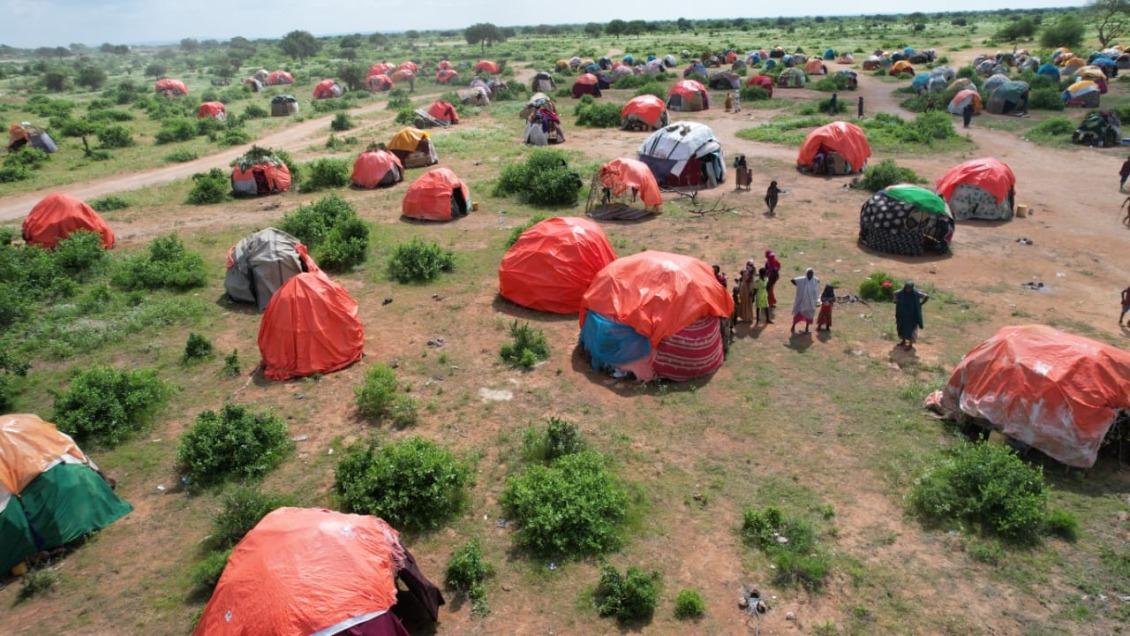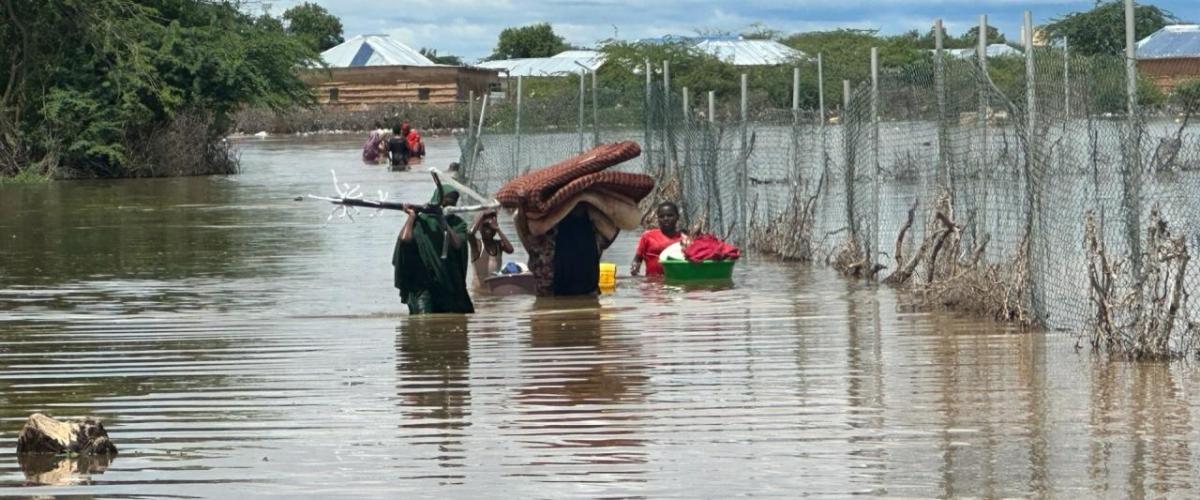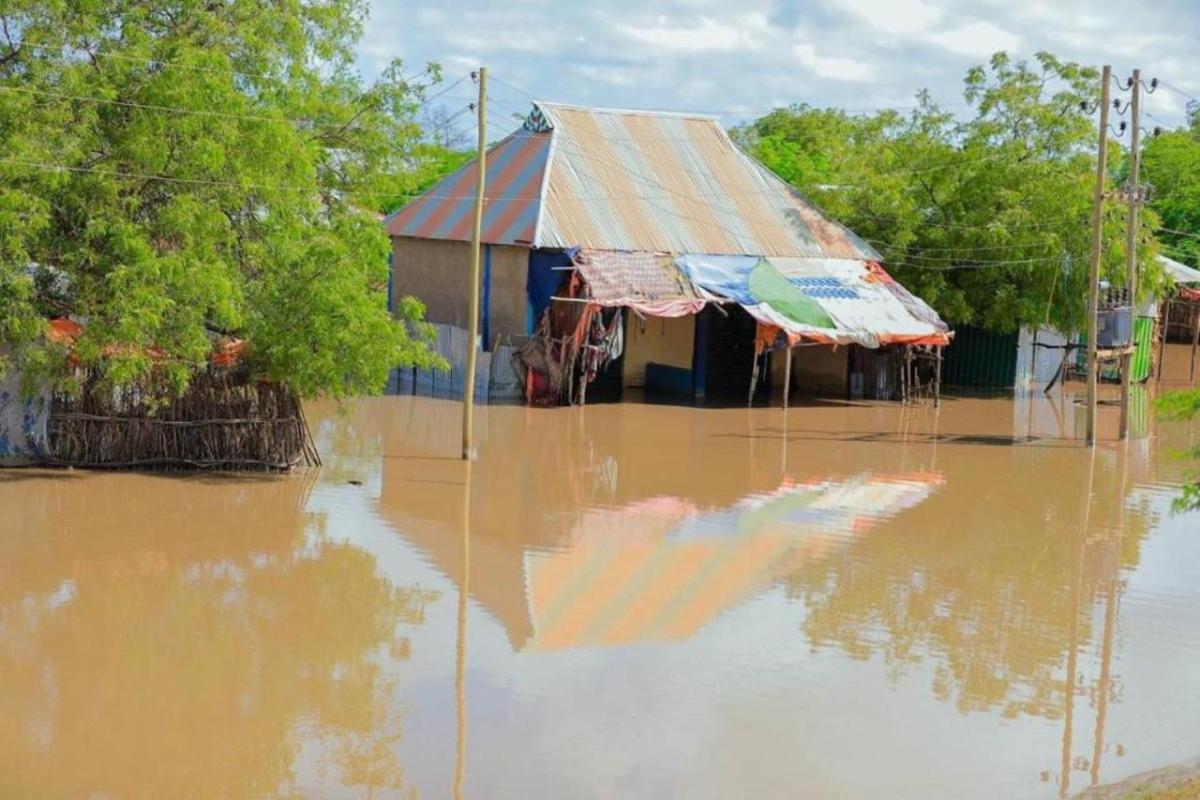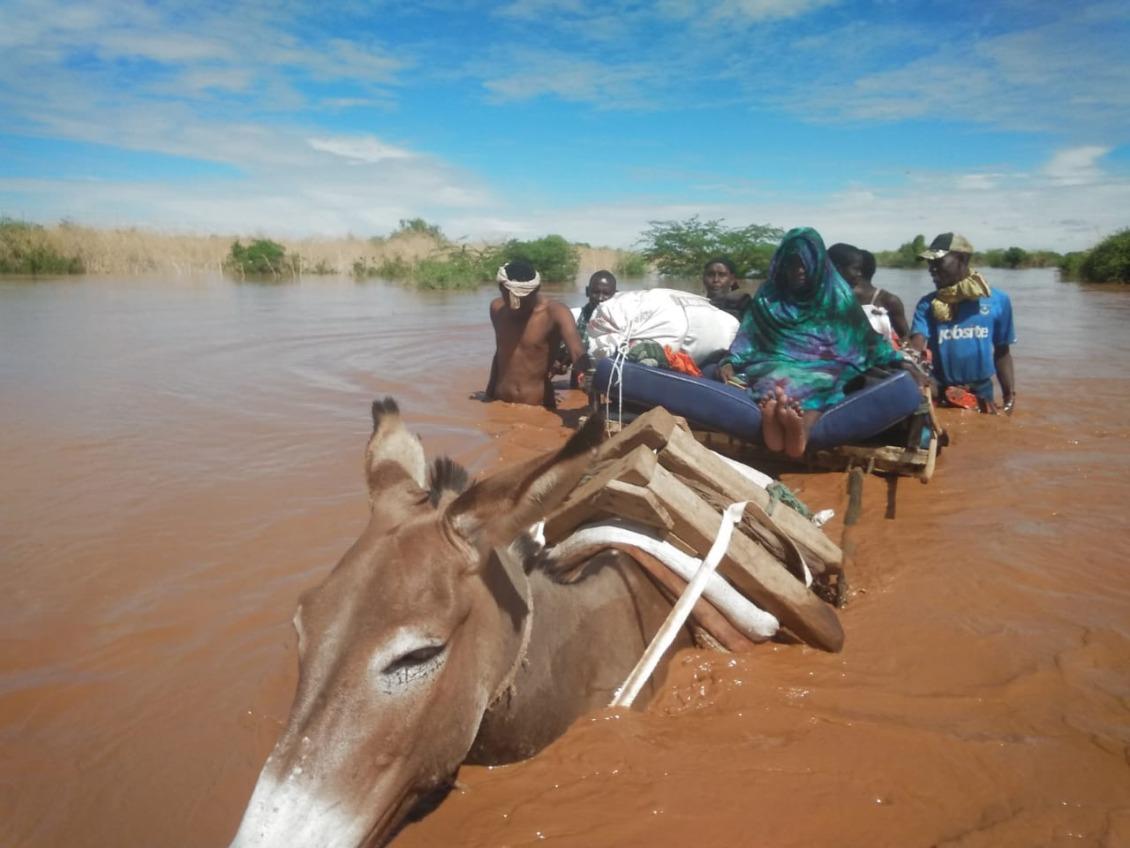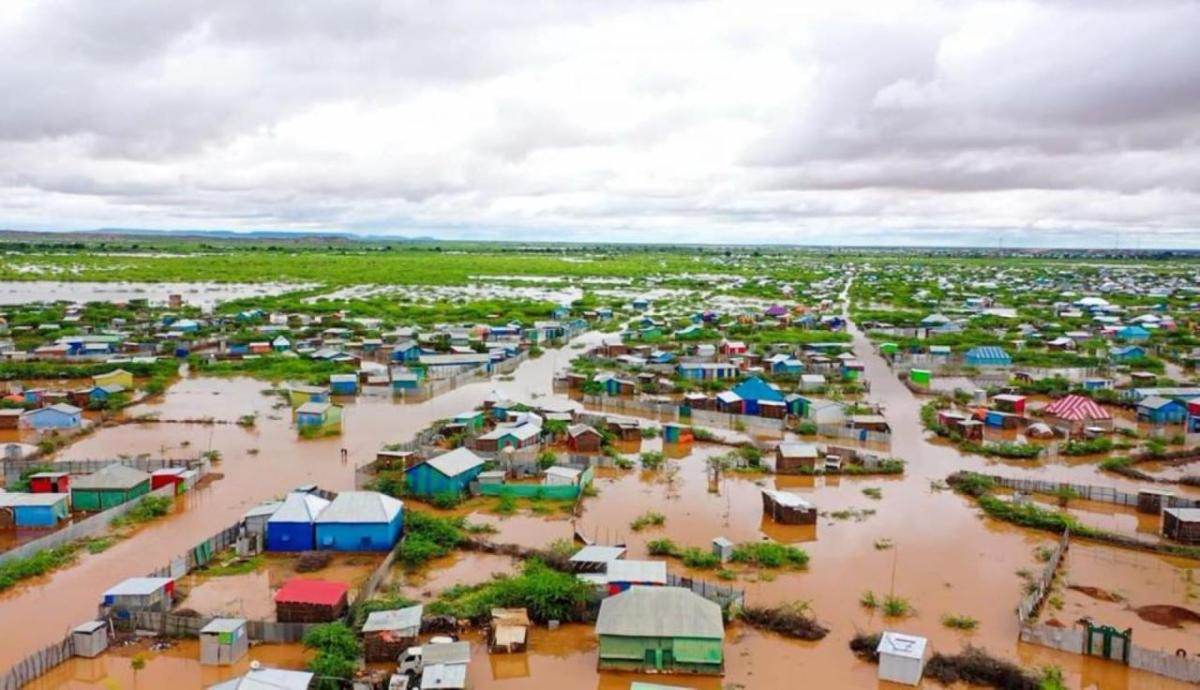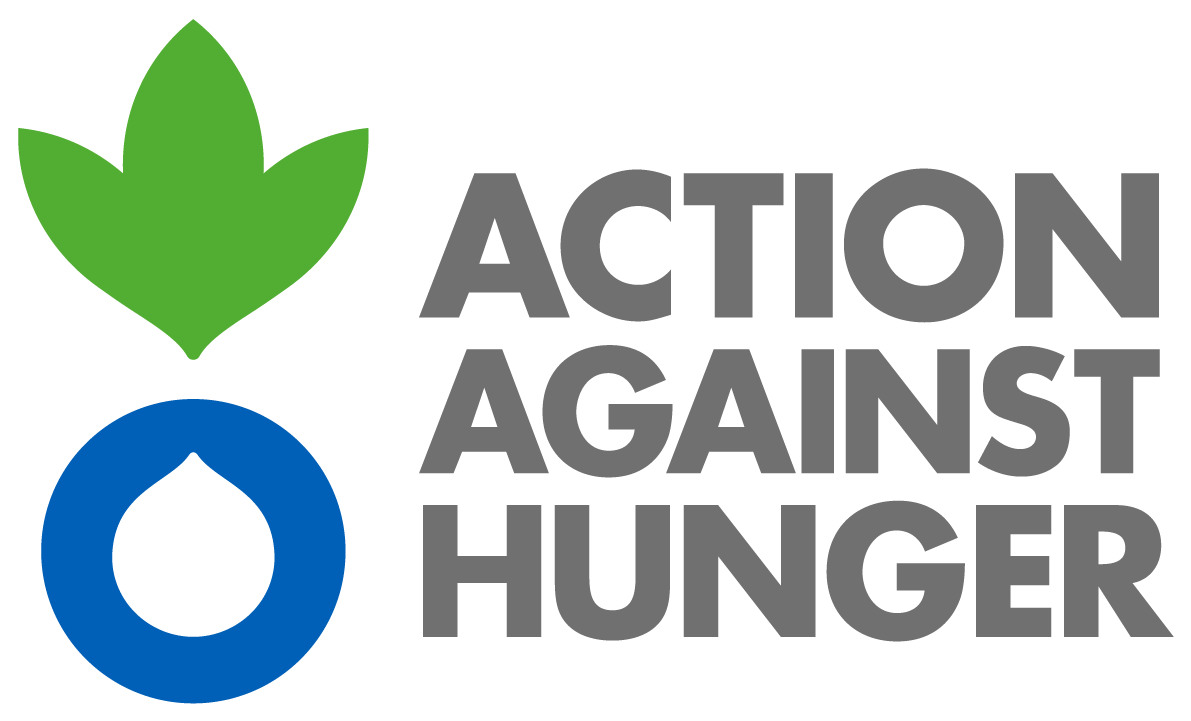Deadly Climate-Induced Flooding Displaces Nearly 1.6 Million People Across the Horn of Africa
Crisis Intensifies as World Leaders Gather at COP28
November 29, 2023 /3BL/ - As world leaders gather at COP28, the UN climate conference, nearly 1.6 million people throughout the Horn of Africa have been displaced by severe climate-induced floods. After years of drought left soils unable to absorb moisture, severe flooding has killed dozens of people and continues to wipe out entire villages, displacing 746,000 people in Somalia, more than 396,000 in Ethiopia, and more than 450,000 in Kenya.
The severity of the damage combined with budget cuts means very few have access to humanitarian assistance. In Ethiopia’s hard-hit Somali Region, for example, just 8% of people have been able to access essential support. Hunger and humanitarian needs are growing and water-borne diseases such as cholera are on the rise, up 43.5% last week in Somalia. Conditions are expected to worsen in December as more rain is forecast and may impact millions more.
“It’s a dire situation. Regions that were struggling to recover from the economic and environmental impacts of prolonged drought are now doubly burdened with flooding. These intense climate shocks are impacting millions of people, but significant budget cuts from many major donor countries leave us less able to address the crisis,” said Ria Jusufbegovic, Action Against Hunger’s Country Director for Ethiopia.
“This emergency illustrates one way that the climate crisis impacts the world’s most vulnerable people. Contaminated water can drive disease outbreaks, flash flooding kills livestock, and heavy downpours disrupt crop harvests. We are worried about growing food insecurity, malnutrition, and death if we can’t meet the urgent need for food, clean water, emergency shelters, and hygiene services.”
Ethiopia
Ethiopia’s Somali region has borne the brunt of the crisis with more than 737,600 people affected. Flooding has submerged roads and homes, contaminated water sources and ruined health facilities, increasing risk of disease. It also has damaged thousands of acres of cropland and killed tens of thousands of livestock in a key agricultural area of the country. Although helicopters are enabling aid workers to provide emergency humanitarian relief and other basic supplies to some, the vast majority of impacted communities are in hard-to-reach areas and have no support.
Somalia
Hundreds of thousands of Somali families have been forced to flee their homes, and an even higher number—2 million—have been impacted by the heavy rains and flooding in Somalia alone. The crisis marks the worst flooding in Somalia’s history. In the coming months, with weather patterns exacerbated by El Nino and the Indian Ocean Dipole, 3.7 million acres of Somalia’s farmland are expected to be destroyed by floods and heavy rains.
Kenya
Around 450,000 people have been displaced and disease outbreaks are increasing the risk of malnutrition as families grapple with the floods. The destruction of infrastructure and loss of livelihoods are further escalating food insecurity. The rains come at the tail end of a drought that affected more than four million Kenyans and pushed many into poverty. High waters have seriously damaged homes, businesses, health centers and water facilities.
“As the world focuses on COP28, this is a real-time example of how the climate crisis is a hunger crisis,” said Dancliff Mbura, Action Against Hunger’s Advocacy, Communications and Partnership Coordinator for Kenya, one of the organization’s representatives at COP28. “Climate-related disasters like the floods in the Horn of Africa have doubled in the last 30 years. However, it’s not too late. We can introduce climate-smart farming and water management solutions to help communities adapt to current challenges while preparing for an uncertain future. Now more than ever, we need the funds to turn talk into action.”
About Action Against Hunger
Action Against Hunger leads the global movement to end hunger. We innovate solutions, advocate for change, and reach 28 million people every year with proven hunger prevention and treatment programs. As a nonprofit that works across 55 countries, our 8,900 dedicated staff members partner with communities to address the root causes of hunger, including climate change, conflict, inequity, and emergencies. We strive to create a world free from hunger, for everyone, for good.

